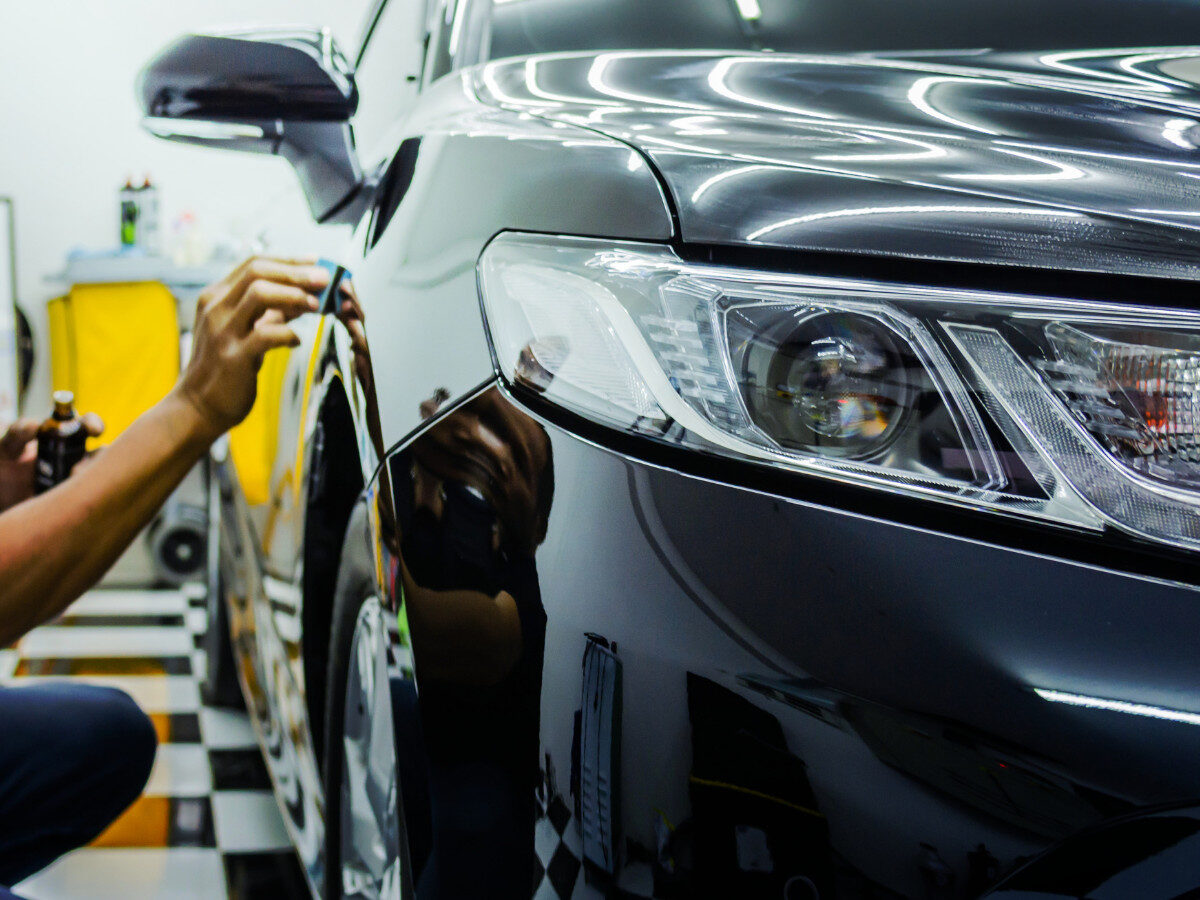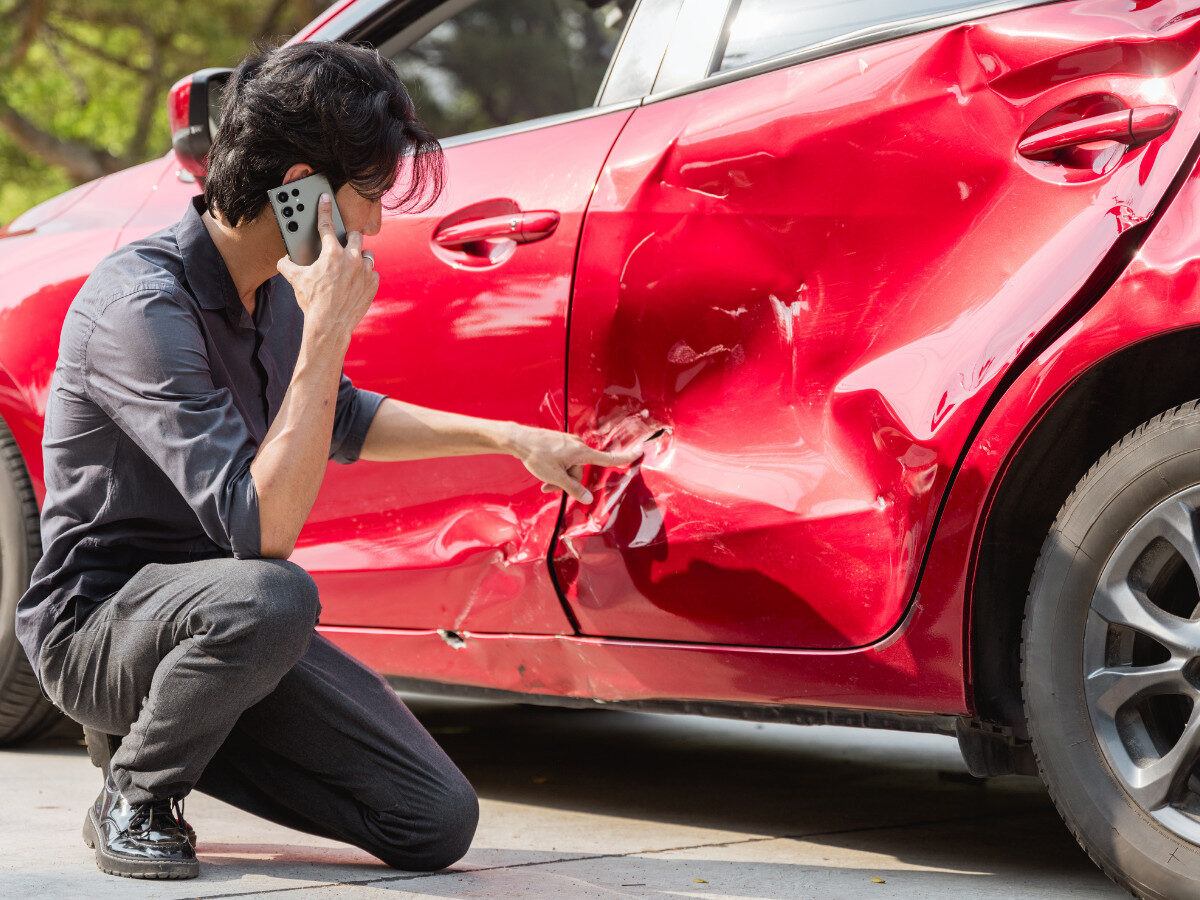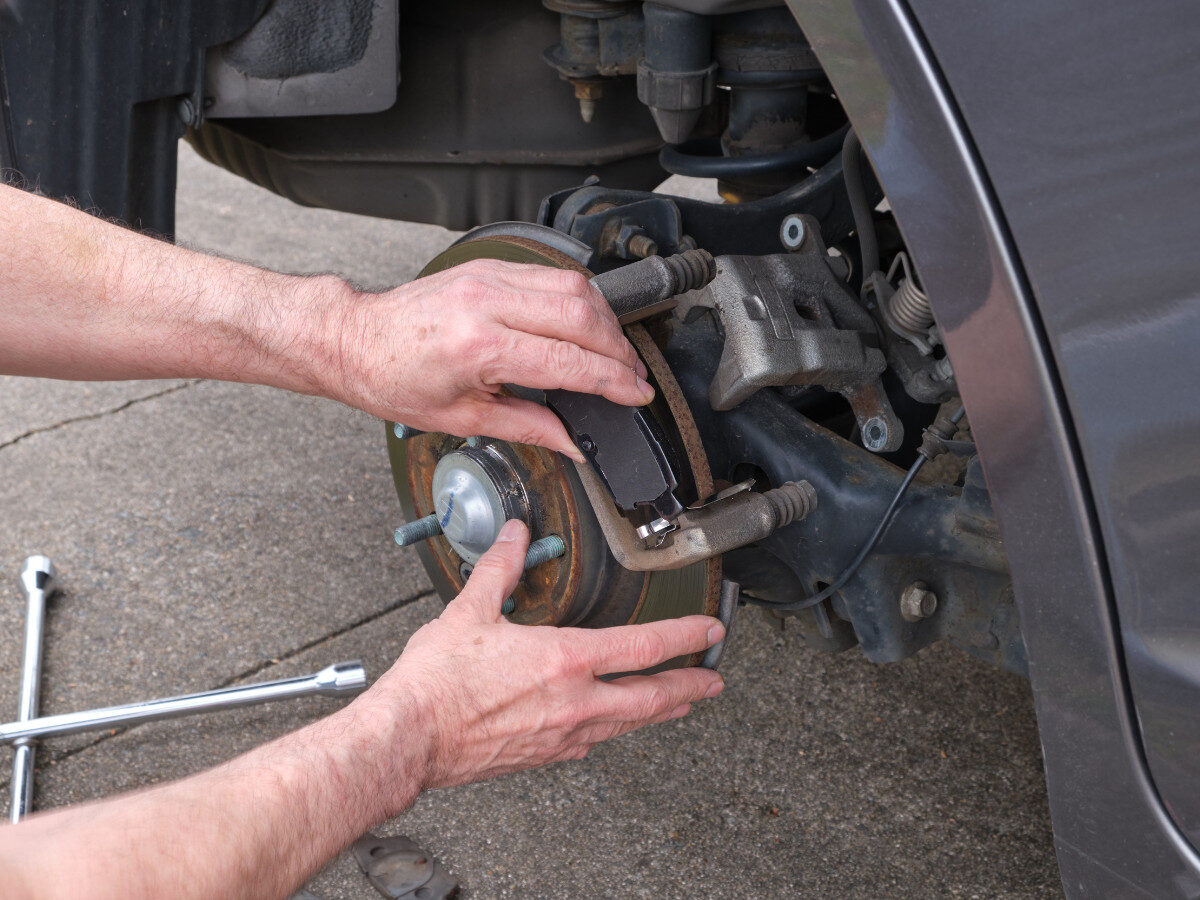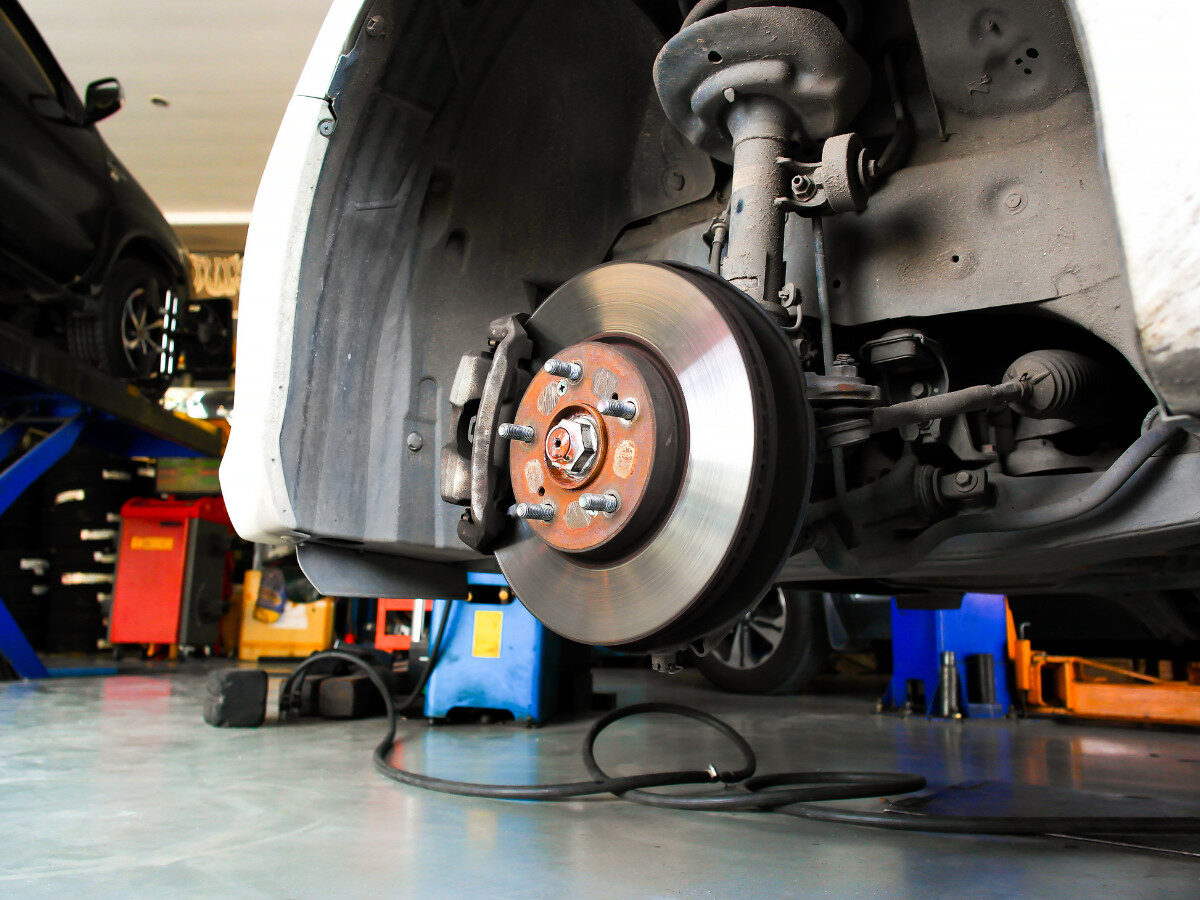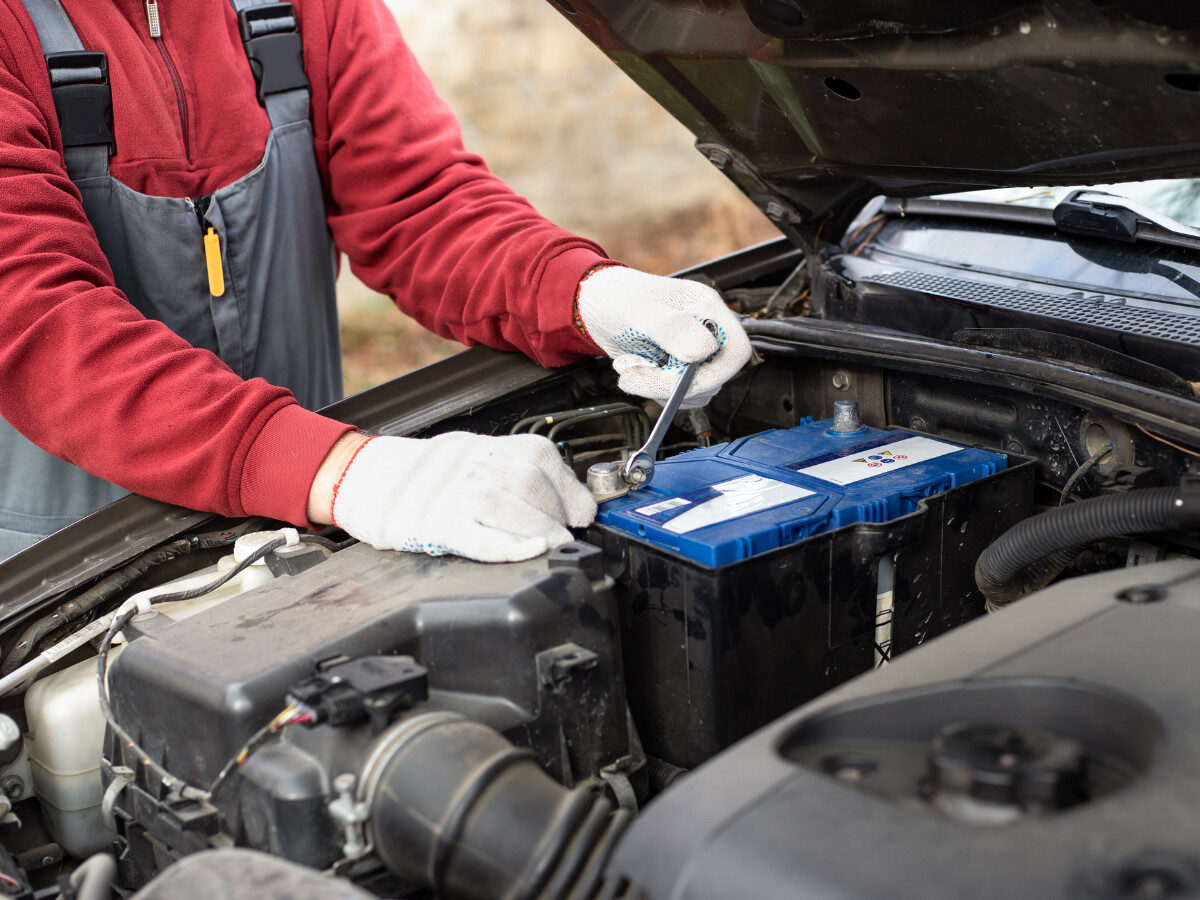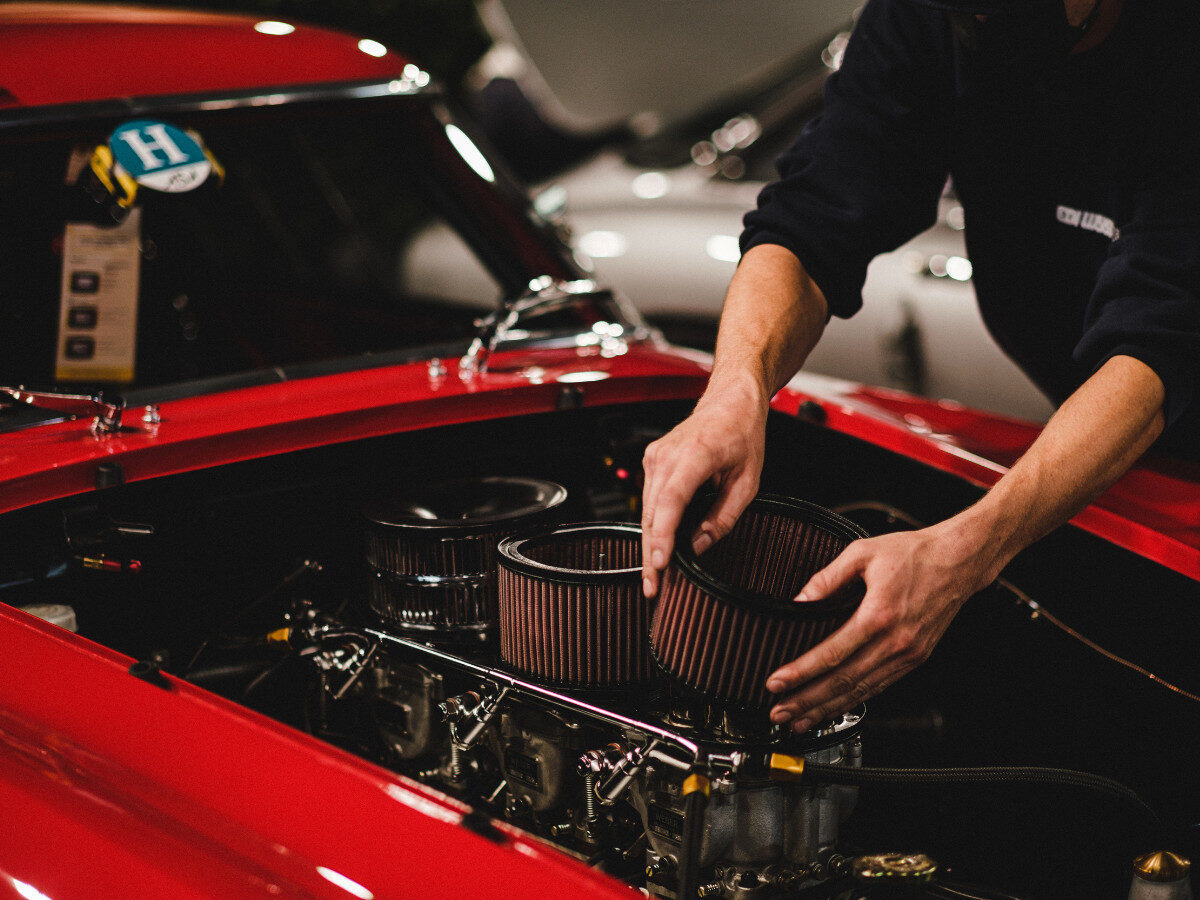Ever driven through Springfield, OR, near downtown Eugene, and spotted a car that made you do a double-take? Maybe it was that matte black Tesla or the color-changing BMW that looked like it belonged in a sci-fi movie. Chances are, you weren’t looking at paint – you were admiring a vinyl wrap.
But here’s the million-dollar question: Should you paint your car or wrap it?
It’s like choosing between a tattoo and a temporary sleeve. Both can look amazing, but they’re completely different commitments. One’s permanent, expensive, and hard to change. The other? Well, that’s where things get interesting.
Let me help you make the smartest choice for your ride and your wallet.
What Exactly Are We Comparing Here?
Before we dive into this showdown, let’s get our facts straight.
Car paint is the traditional method – primer, base coat, color coat, and clear coat applied in multiple layers. It’s been around since cars started rolling off assembly lines. Think of it as your car’s original skin.
Vinyl wrap is like giving your car a removable outfit. It’s a thin, adhesive film that covers your existing paint. Modern wraps can mimic any finish imaginable – from glossy metallics to textures that look like carbon fiber or even wood grain.
Both serve the same basic purpose: making your car look awesome while protecting what’s underneath. But that’s where the similarities end.
The Great Durability Debate: What Lasts Longer?
Here’s where things get spicy. Quality automotive paint, when properly applied and maintained, can last 10-15 years or more. We’re talking about a finish that can weather Oregon’s brutal rain, summer heat, and everything in between.
Vinyl wraps? They typically last 5-7 years with proper care. But here’s the kicker – when a wrap starts showing its age, you can simply remove it and apply a new one. Your original paint stays protected underneath.
Think of paint as buying a house, while wrapping is like signing a renewable lease. Both have their perks depending on your lifestyle.
Cost Reality Check: Your Wallet Will Feel This
Let’s talk numbers, because money matters.
A quality paint job in Springfield, OR runs anywhere from $3,000 to $15,000+ depending on your car and color choice. Want something exotic like pearl white or candy apple red? Better start saving those pennies.
Vinyl wraps typically cost $2,500 to $8,000 for full coverage. Partial wraps (like just the hood or roof) can start around $500-1,500. Sounds cheaper, right?
But wait – there’s more to consider. Paint is a one-time investment that lasts decades. Wraps need replacement every 5-7 years. Over your car’s lifetime, wrapping might actually cost more.
Customization: Where Wraps Absolutely Dominate
Want your car to look like Batman’s ride? Vinyl wrap is your friend. The customization options are mind-blowing:
- Matte, satin, or gloss finishes
- Metallic and chrome effects
- Color-changing films that shift in different light
- Textured finishes that mimic carbon fiber, leather, or brushed metal
- Custom graphics, patterns, and designs
Paint offers customization too, but you’re limited by what’s physically possible to spray. Plus, changing your mind means stripping everything and starting over. With vinyl, you can completely transform your car’s look in a weekend.
Oregon Weather: The Ultimate Testing Ground
Springfield’s climate is brutal on vehicle finishes. We get everything from torrential rain to blazing summer sun. How do paint and vinyl handle our Pacific Northwest punishment?
Quality paint weathers Oregon storms like a champ when properly maintained. It’s designed to expand and contract with temperature changes and resist UV damage.
Vinyl wraps actually protect your original paint from Oregon’s harsh elements. The wrap takes the beating while your factory finish stays pristine underneath. However, cheap wraps can fade, crack, or peel in extreme weather.
The key? Quality materials and professional installation, regardless of which route you choose.
Resale Value: What Buyers Really Want
Planning to sell your car someday? This matters more than you think.
Original or professionally painted cars typically hold their value better. Buyers trust what they know, and quality paint jobs suggest proper maintenance.
Wrapped cars can be a wildcard. If the wrap is pristine and professional, it might actually increase value by protecting the original paint. But if buyers suspect you’re hiding damage underneath, it could hurt your resale price.
Here’s a pro tip: Keep documentation of your wrap job and the condition of the original paint. Transparency builds trust with potential buyers.
Installation: DIY Disaster or Professional Perfection?
Think you can save money by doing it yourself? Let me stop you right there.
Paint jobs absolutely require professional equipment and expertise. One mistake ruins everything, and there’s no “undo” button. Professional paint booths, spray guns, and years of training aren’t optional.
Vinyl wraps might look easier, but they’re incredibly unforgiving. Bubbles, wrinkles, and improper adhesion turn your dream car into a nightmare. Professional installers have the tools, techniques, and experience to make vinyl flow like liquid around every curve.
Maintenance: Keeping Your Investment Looking Fresh
Both options need love to stay beautiful.
Painted cars require regular washing, waxing, and occasional touch-ups. Scratches and chips need immediate attention to prevent rust and further damage.
Wrapped cars are actually easier to maintain day-to-day. Most dirt and grime wash off easily. However, you need to be gentler – no aggressive scrubbing or harsh chemicals. When sections get damaged, you can replace just those pieces.
Damage Control: When Things Go Wrong
Life happens. Your car gets scratched, dinged, or worse. How do paint and vinyl handle repairs?
Paint damage often requires professional touch-ups or repainting entire panels to match correctly. Color matching can be tricky, especially with metallic or pearl finishes.
Vinyl wrap damage might be easier to fix. Small tears can often be repaired with heat and careful work. Larger damage might require replacing just that section of wrap.
The Time Factor: How Long Are You Committed?
Paint jobs can take 1-2 weeks for quality work. You’re without your car for a while, but the result lasts for years.
Vinyl wraps typically take 3-5 days for installation. The process is faster, but you’ll be back for replacement sooner.
Consider your patience level and how often you like to change things up.
Environmental Impact: Going Green in Springfield, OR
Caring about the planet? This might influence your decision.
Traditional paint involves volatile organic compounds (VOCs) and hazardous waste. However, it lasts longer, potentially reducing environmental impact over time.
Vinyl wraps produce less immediate environmental impact during application, but they create waste when replaced. The good news? Many wrap materials are now recyclable.
Making the Smart Choice for Your Situation
Still torn? Ask yourself these questions:
Do you change your mind often? Choose vinyl wrap. Want something permanent and classic? Go with paint. Working with a tight budget upfront? Vinyl might be better. Planning to keep your car forever? Paint could be the winner. Love unique, eye-catching designs? Vinyl offers more options.
The Springfield’s Driver’s Reality Check
For most Springfield’s drivers, vinyl wrap makes incredible sense. Our wet climate is tough on paint, but wraps actually protect your original finish. Plus, when you’re ready for a change, you can completely transform your car’s look without the commitment of permanent paint.
However, if you’ve found your forever color and want maximum longevity, a quality paint job might be worth the investment.
The choice between vinyl wrap and paint isn’t about right or wrong – it’s about what fits your lifestyle, budget, and vision for your vehicle. Vinyl wraps offer flexibility, protection, and incredible customization options, making them perfect for drivers who love to stand out. Paint provides permanence, classic beauty, and potentially better resale value. Both can make your car look absolutely stunning when done right. The real winner? You, because either choice beats driving around in a boring, factory-finish vehicle that blends into every Springfield parking lot.
At Blue Rose Auto in Springfield, OR, we know that every car – and every driver – is different. Whether you’re leaning toward the bold flexibility of a vinyl wrap or the timeless beauty of custom paint, we’re here to help you choose what fits you best.
- Personalized style with professional results
- Paint protection that fits Springfield’s wet weather
- Honest advice to help you make the right call
No pressure. Just friendly experts ready to make your car look amazing – your way.Stop by Blue Rose Auto in Springfield, OR or reach out today.
Frequently Asked Questions
Q: Can I wrap a car that already has paint damage?
A: Minor imperfections can often be hidden by vinyl wrap, but significant damage should be repaired first. The wrap will follow the contours of your paint, so dents and deep scratches will still be visible.
Q: Will removing vinyl wrap damage my original paint?
A: When installed and removed properly by professionals, vinyl wrap shouldn’t damage your paint. In fact, it often protects the original finish, leaving it in better condition than when the wrap was applied.
Q: Can I wash my wrapped car in automatic car washes?
A: Hand washing is recommended for wrapped vehicles. Automatic car washes with brushes can catch wrap edges and cause peeling. Touchless car washes are generally safe if you avoid high-pressure settings near wrap edges.
Q: How do I know if my car is a good candidate for vinyl wrap?
A: Most vehicles can be wrapped successfully, but cars with complex curves, deep recesses, or textured surfaces may be more challenging. A professional installer can assess your specific vehicle and advise on the best approach.
Q: What happens to my warranty if I wrap or repaint my car?
A: Vinyl wraps typically don’t void warranties since they’re removable and don’t alter the vehicle permanently. Repainting might affect warranty coverage depending on your manufacturer’s policies. Always check with your dealer before making modifications.

